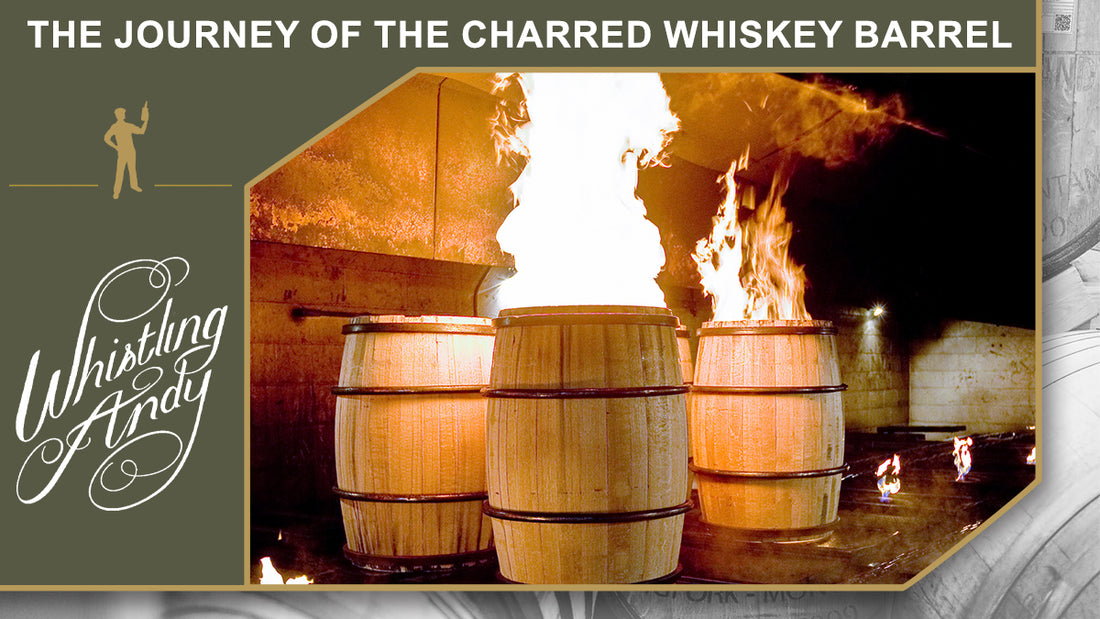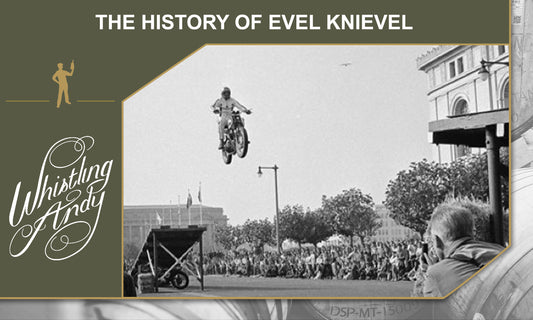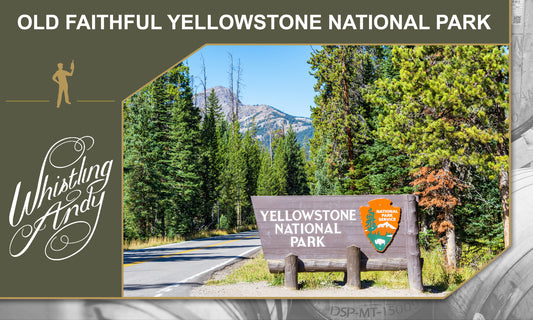While the exact origin of charring whiskey barrels may never be known, one thing is for sure: it’s responsible for the signature flavor of bourbon.
Elijah Craig and The First Charred Barrel
Some historians claim that Elijah Craig’s barrels caught on fire and, to save money, he continued using them anyways. Others believe he charred them to remove the remnants of whatever was previously stored in them.
Fun Fact: A well-made barrel can have a lifespan of 60 years, so barrels were often used to house multiple items over their lifetime, from sugar to fish and whiskey.
Whatever the true reason, Elijah Craig was the first distiller who aged whiskey in charred oak barrels. The results on the whiskey were undeniable, greatly improving its flavor. After tasting the success of aging whiskey in a charred barrel, he spent his life refining the process and continually improving the flavor. Over time, this spirit would become known as bourbon.

A Brief History of Charring
Its precise origins remain unknown but charring was likely a result of coopering, or the barrel-making process. Most barrels would have had at least a small amount of charring, as toasting the interior was necessary to get the wood pliable and able to be bent into the correct shape.
Some historians speculate that distillers began to notice a difference in flavor depending on how much charring there was. Typically, the heavier the char, the better the flavor.
Other theories date the practice back to France in the 1400s with the making of cognac. If so, distillers in Kentucky likely adopted the practice to improve the appeal of their product to the French settlers in New Orleans.
One of the most practical reasons for charring barrels is that wood is prone to many things, including mold, rot, and insects. Charring essentially creates a protective layer, prolonging the life of the barrel and increasing its safety.
The Importance of Charring Barrels
Whether it came about on purpose or was a happy accident, charring barrels is an important stage of the bourbon-making process. Nowadays, only new barrels can be used (and they can only be used once), so charring isn’t about eliminating any lingering previous flavors.
Rather, charring is what primes the wood and impacts the flavor of the spirit in several different ways.
Charring Opens the Wood
While uncharred barrels will still impart flavor into spirits, charring it makes it easier for the whiskey to extract its natural flavors.
Charring Increases the Presence of Lignin,
Lignin, or the source of vanilla, will have a more potent flavor the longer a barrel is charred.
Charring Introduces Toffee and Caramel Flavors
Likely not the first two flavors you think of when picturing wood, charring results in the breakdown of hemicellulose, or wood sugars, which creates the flavors of toffee and caramel.

Different Levels of Charring
Not all char is created equal. Distillers recognize four levels of charring, or how long the interior of a barrel is exposed to high heat.
Level One: 15 seconds. Many drinkers note a slightly sweet spirit with an undertone of campfire.
Level Two: 30 seconds. You’ll likely notice hints of vanilla and coffee (move over, Starbucks). Some drinkers also note a touch of spice.
Level Three: 35 seconds. The most common level of char among breweries and distillers. Strong flavors include caramel, vanilla, and spice.
Level Four: 55 seconds. This intense level of char creates the deepest flavor and is often the least sweet. Some distillers refer to this level as an “alligator char,” named for the rough, scale-like texture of the wood after the charring is complete.
The higher the level, the deeper the color. Char time also affects other flavors such as coconut and woody notes. For them, the higher the char, the lesser those flavors.

The Distinction Between Whiskey and Bourbon
All bourbon is whiskey, but not all whiskey is bourbon. The key distinction? Bourbon must be aged in charred white oak barrels.
In the 1840s, farmers distilled whiskey from corn and aged it in charred oak barrels, selling entire barrels to retailers and bars. Unfortunately, many bars and sellers would blend this whiskey with cheap and sometimes unhealthy ingredients to increase their profits.
Distilleries petitioned the government for help, wanting to protect their products and brands. The result was the “Bottled in Bond Act of 1897,” which set strict rules for what could be labeled as whiskey, as well as the process it had to undergo.
President Taft further refined the definition of whiskey in 1909. Prohibition created a temporary stall in the development of whiskey, which saw a resurgence in 1933. This resurgence saw a clear distinction between traditional whiskey and bourbon, one of the most popular drinks in the United States today.





